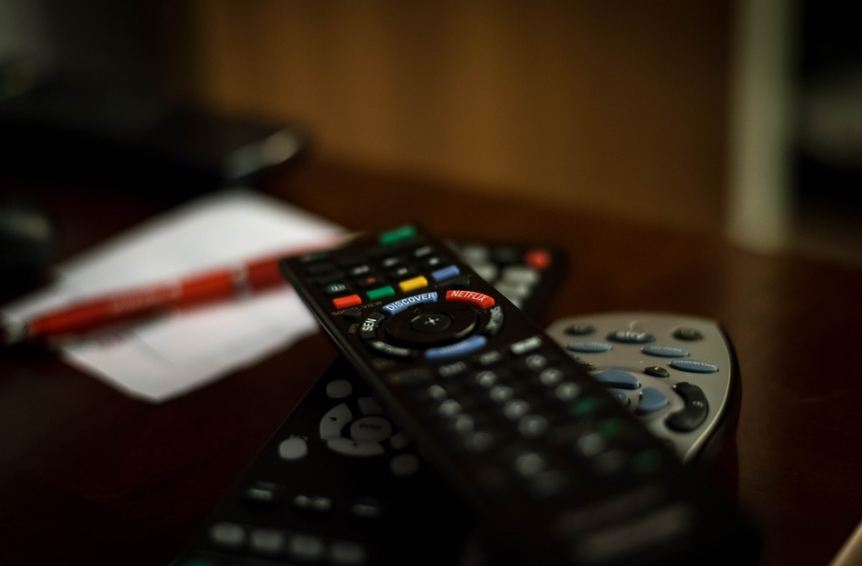Cable TV has been more popular and reliable than broadcast TV since the 1990s mainly because it provides clearer reception and more channels. Cable television has better reception due to the fact that it receives radio frequency (RF) signals that go through coaxial cables, which are a more stable connection for receiving frequencies of channels to home television sets. Broadcast television signals would rely on radio waves that they receive over the air via an antenna, and this process prevents broadcast television from getting 100% of the reception since the radio waves would often be scattered in the air.
In addition to having clearer reception, cable TV also has exclusive channels that viewers wouldn’t get through broadcast television, and these channels are often shown in high definition (HD). When was cable TV invented? And how did it become popular around the world? Let us find out as we take a look at the history of cable technology.
Origins of Cable TV
Cable TV originated in the mountainous areas of the United States, namely Oregon, Pennsylvania, and Arkansas, in 1948. The technology of cable TV was applied to these areas as the people living there were having a difficult time getting a clearer reception for broadcast television. Furthermore, these areas would each have a “community antenna,” which is a tower that allows them to receive a better signal to channels, and all households would be connected to this bigger antenna via coaxial cables.
Seeing its potential to become bigger than broadcast television, cable operators began offering services to other locations in the United States by the 1950s. It was also in the same period that cable operators began offering exclusive channels for consumers.
The Boom of Cable TV in the 60s and the 70s
In 1962, it was reported that less than 800 cable operators were able to gather more than 850,000 subscribers. By that time, cable TV was still unable to overtake broadcast television as the number one provider for reception to viewers, mainly because getting cable TV is relatively more expensive than staying with broadcast television.
However, during the 70s, the Federal Communications Commission (FCC) imposed restrictions on cable operators that prevented them from receiving distant television signals, which can enable viewers to view channels that are unable in their area. Because of the restriction, it halted the development of cable TV from 1970 to 1972. By the end of 1972, the FCC decided to lift the restriction, and cable operators were able to air distant television signals again. It was also in the same year when business partners Gerald Levin and Charles Dolan created the first pay-TV network, which is named Home Box Office or HBO. The Home Box Office network allowed cable operators to create national distribution systems in order to air HBO in different regions around the United States. Thanks to HBO, as well as the lift or restrictions of the FCC, there were approximately 16 million households that have cable TV.
The Cable Act of 1984
In 1984, the US government imposed the Cable Act, which required cable operators to have a regulatory framework so that businesses can invest better in the industry. Because of the law, the cable TV industry spent less than $16 million to install wiring systems in several states. By the end of the 1980s, it was reported that there were 53 million households that are subscribed to cable TV.
Cable TV in the 90s and Beyond
In 1995, there were only 139 cable services that are available in the United States, but in the span of three years, the number of services went up to 171 due to popular demand. In addition, it is stated that there 63 million families who would choose cable TV over broadcast television.
To keep up with the demand of cable users for better reception and more channels, cable operators began working on developing hybrid networks that utilize both coaxial cables and fiber optic systems. The result of the research was broadband, which is able to provide cable TV and high-speed internet connection at the same time.
It was also in the 1990s when operators provided subscribers with digital set-top boxes that would enable television sets to have a better connection to cable antennas. In addition, these boxes also allowed several networks to setup exclusive services, such as pay-per-view, that customers can get. By the early 2000s, about 18% of households in the United States have digital cable. Also, in that period, networks offered High-Definition Television (HDTV) to users that may have televisions sets that are capable of playing high-quality videos.
Today, digital cable has become the most common type of cable in the United States, as well as other countries around the world, as it is easier to set up, and it has better reception than its predecessor, which is the analog cable television. Because of the superiority of digital cable, analog cable TV has become almost obsolete in the market, although there are still some countries unable to afford digital cable services that utilize analog cable.
